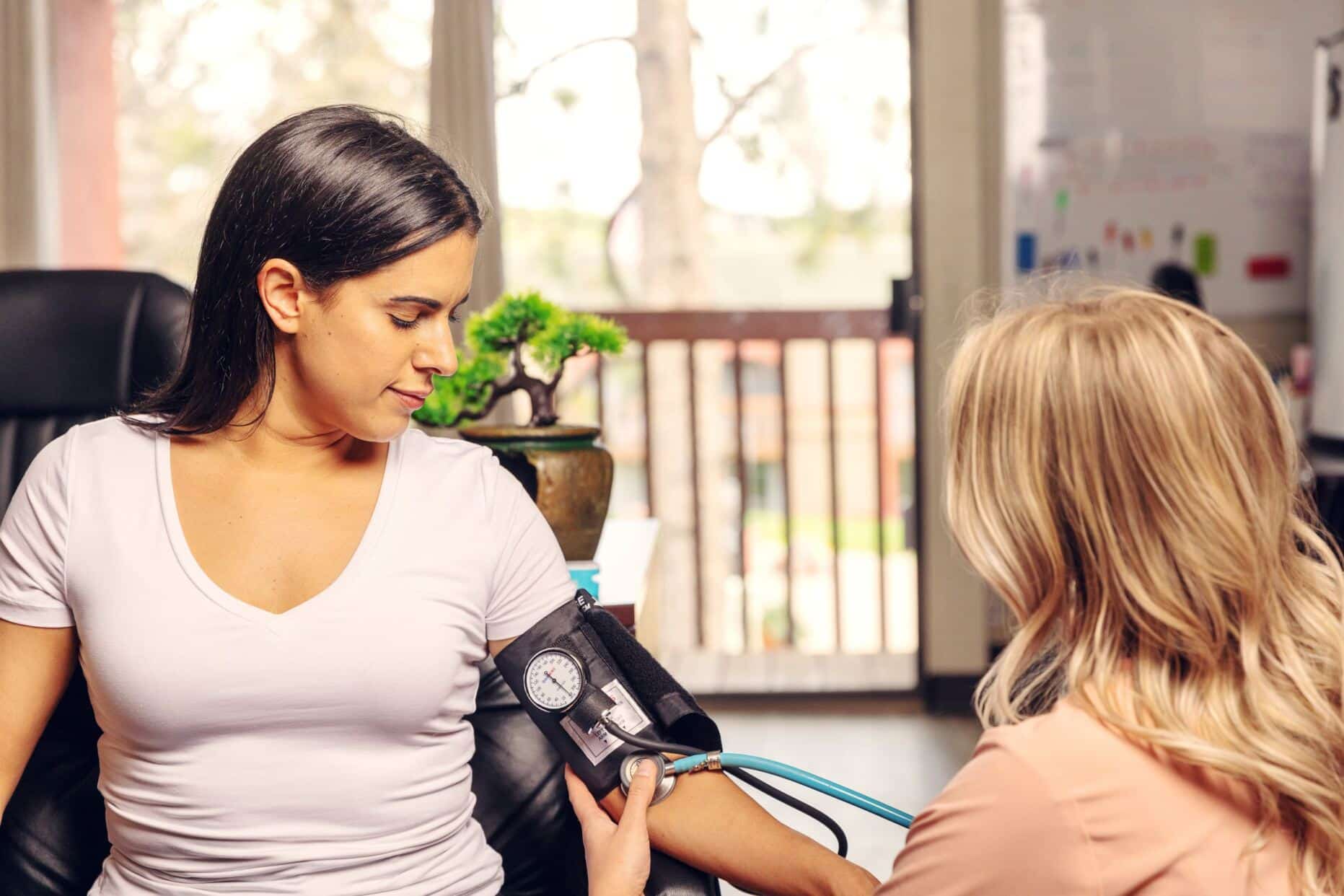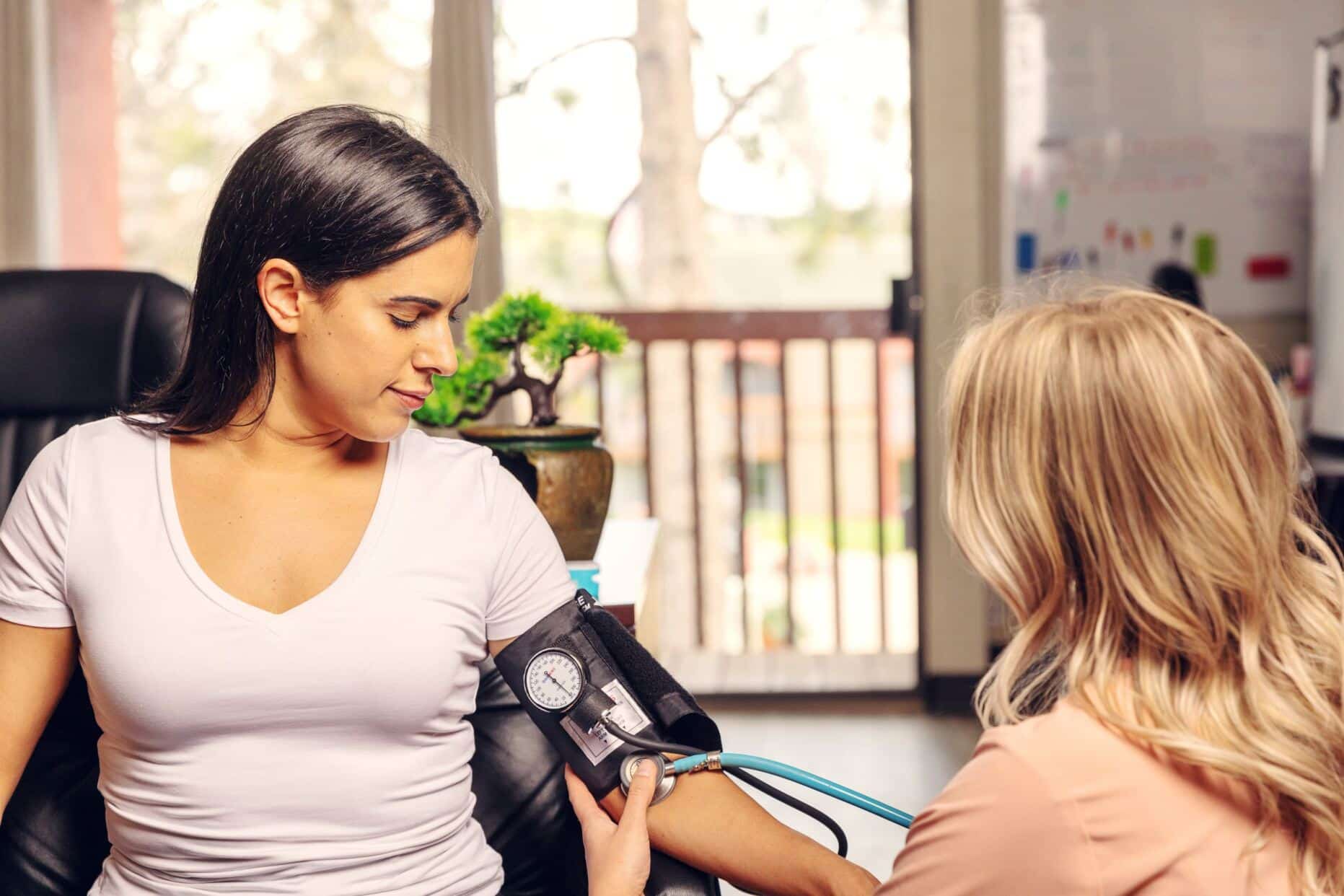Everyone’s addiction story is unique, but the discomfort and dangers of withdrawal is well known and can make it all the harder to let go of a drug or alcohol habit. Of course, if recovery was easy, relapse rates probably wouldn’t hover in the 50 percent range.
Detoxification (detox) tends to be an arduous, painful, and in some cases, a life-threatening process. Individualized treatment programs that take clients’ needs into account can make the withdrawal stages less of an ordeal.
Addiction is “a treatable, chronic medical disease involving complex interactions among brain circuits, genetics, the environment, and an individual’s life experiences. People with addiction use substances or engage in behaviors that become compulsive and often continue despite harmful consequences,” according to the American Society of Addiction Medicine.
There are many forms of treatment for drug and alcohol use, including various forms of behavioral counseling and medication-assisted treatment (MAT).
Medicine can help manage the discomfort and cravings that are often part of the withdrawal timeline. For the best results, a one-size-fits-all approach is not advised. What works for one person may not work for another. Certain therapies may produce a greater likelihood of achieving sobriety, however.
One of the biggest long-term challenges of treating addiction is changing deep-seated behaviors. More pressing is helping people detoxify as safely and as comfortably as possible. (Detoxification isn’t the same as treatment; rather it is part of the treatment process.)
Alcohol Withdrawal
There are three stages of the alcohol use disorder cycle:
- Preoccupation/anticipation (of drinking)
- Binging/intoxication (drinking)
- Negative effects/withdrawal (some hours after the last drink)
During the third stage, the absence of alcohol leaves the brain’s reward transmitter systems in a state of deficit. Stress neurotransmitters take their place, and the neurotransmitters that would normally step in to counter the production of stress neurotransmitters are disengaged.
The result is unease, anxiety, and irritability. Repeated abuse disrupts the brain’s reward networks. Daily life activities begin to feel less enjoyable, and the drinker experiences more stress. These factors can fuel the desire to drink even more.
Symptoms of Withdrawal
Alcohol withdrawal symptoms can range from extremely uncomfortable to life-threatening. The symptoms typically start about eight hours after the addicted person takes his or her last drink. They include:
- Anxiety
- Depression
- Fatigue
- Shakiness
- Mood swings
- Nightmares
- Muddled thinking
- Sweating
- Dilated pupils
- Headache
- Insomnia
- Nausea, vomiting
- Rapid heartbeat
- Tremors
Usually, peak withdrawal symptoms kick in 24 to 72 hours after people consume their last drink, but it can go on much longer.
Individuals can also experience a more dangerous form of withdrawal. Delirium tremens (DT) can set in after several months of daily heavy drinking. It also frequently affects people who have abused alcohol for many years.
Symptoms of delirium tremens include:
- Sudden confusion
- Tremors
- Hallucinations
- Extreme fatigue
- Sleep disturbances
- Loss of consciousness
- Extreme emotional swings
- Bursts of energy
- Sensitivity to light, touch, or sound
Sometimes seizures may occur, most typically in the first 12 to 48 hours after the last drink was consumed.
DT is a medical emergency and hospitalization is necessary. The person’s blood chemistry, body fluid levels, and vital signs will be monitored. Seizures and anxiety are treated, and often any existing mental disorders.
Once the most pressing danger has passed, the effort begins to get the client to dry out, seek counseling, attend support groups, and try to commit to total abstinence.
If there is another damage due to heavy drinking or other club drugs, such as nerve damage or liver disease, treatment for those complications is recommended as well. Drugs typically prescribed to treat alcohol addiction include naltrexone (ReVia and Vivitrol) and disulfiram (Antabuse), which produce unpleasant side effects such as nausea if someone drinks while taking those medications.
Drug withdrawal
Not all drugs use medication-assisted treatment. Nothing is on the market to help people quit marijuana and stimulants, and nicotine can often be stopped without prescribed medicines.
For opioids such as prescription pain relievers or heroin or fentanyl, medication is advised as part of the treatment process. Medication-assisted treatment (MAT) can help better manage physical and emotional symptoms such as sleeplessness and anxiety.
In cases of opioid withdrawal treatment, using prescribed and monitored drugs to ease symptoms is preferable to going cold turkey (quitting all substances immediately). Suddenly quitting opioids can be extremely painful and trigger strong cravings, which can result in relapses from sobriety, and may even cause dangerous withdrawal symptoms.
Administering treatment at an inpatient facility or through an opioid treatment program is preferable. There, the client’s health and history will be considered, and an individualized course of treatment is best. Typically the dosage will be tapered off until the individual can physically tolerate being substance-free.
Combinations of drugs such as buprenorphine, naltrexone, or clonidine may be used as treatment options as well.
Acute withdrawal timelines vary for assorted substances (especially when potentiators are added), including:
- Alcohol – starts about six hours after the last drink, but the worst physical symptoms tend to end after four or five days, but can last for up to 10 days. Anxiety, tremors, nausea, and diarrhea can occur.
- Benzodiazepines (Xanax, Valium) – symptoms start in one or two days, but can continue for several weeks. Anxiety, insomnia, restlessness, irritability, and poor concentration are signs of withdrawal.
- Nicotine – symptoms start in few hours and can last two to four weeks. Cravings and feeling restless, irritable, and hungry can follow quitting.
- Opioids (fentanyl, heroin, opium, codeine): symptoms start in about eight hours and may last four to 10 days (methadone withdrawal can last two to three weeks). Symptoms can feel like a bad case of flu, but can also include anxiety, insomnia, muscle cramps, and diarrhea.
- Stimulants (methamphetamine, cocaine) – withdrawal can begin as quickly as 24 hours, and persist for one to two weeks. Symptoms include agitation, depression, an increased need to sleep, and heightened appetite.
Psychosocial treatment (psychotherapy, self-help, motivational therapy, support groups) is recommended with pharmacological (drug-based) treatments of opioid use disorder.
Treatment may vary depending on a person’s circumstances. For example, if people are pregnant, young, coping with chronic or acute pain, or have co-occurring disorders, their recommended treatments may change.
Post-Acute Withdrawal Syndrome (PAWS)
Withdrawal isn’t always a few short days of “getting clean.” There is also what’s been dubbed post-acute withdrawal syndrome (PAWS). Typically, PAWS sets in after acute withdrawal and during abstinence; it’s also a major trigger of relapse. The early stages of withdrawal that start not long after the drug (or drugs) leave the body are more physical in nature, with the aforementioned sweats, nausea, and headaches.
PAWS creates more psychological and emotional symptoms. It also tends to be similar in most addictions, as opposed to acute withdrawal, which tends to produce more specific symptoms for various substances.
Whereas acute withdrawal can last days or maybe up to a month, PAWS can be more prolonged. PAWS (also sometimes called protracted withdrawal) symptoms include:
- Mood swings
- Anxiety
- Irritability
- Varying energy levels
- Low enthusiasm
- Trouble concentrating
- Sleep troubles
PAWS can last up to two years. Its symptoms are irregular and are similar to the symptoms of depression or overlap with them. A recovering individual can feel fine for a week or more, but then PAWS may return. When individuals go through vicious PAWS cycles, they may feel hopeless and relapse. Depending on how long they’ve been clean, if they begin using the same strength as their last dose, they risk overdosing and even dying.
Researchers believe that PAWS may occur due to stress or other seemingly random situations. Multitasking, social anxiety, and unrealistic expectations of self are all potential triggers, according to SMART Recovery. Withdrawal is yet another complexity in the complex phenomenon of addiction.
Sources
Medical disclaimer:
Sunshine Behavioral Health strives to help people who are facing substance abuse, addiction, mental health disorders, or a combination of these conditions. It does this by providing compassionate care and evidence-based content that addresses health, treatment, and recovery.
Licensed medical professionals review material we publish on our site. The material is not a substitute for qualified medical diagnoses, treatment, or advice. It should not be used to replace the suggestions of your personal physician or other health care professionals.







